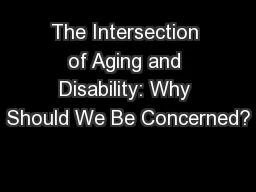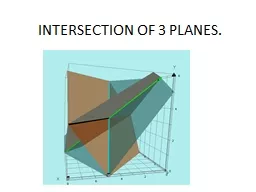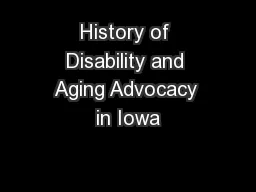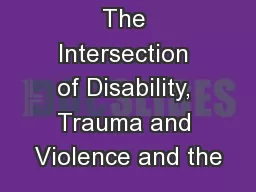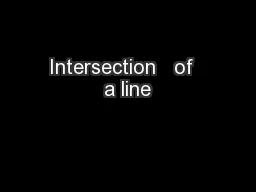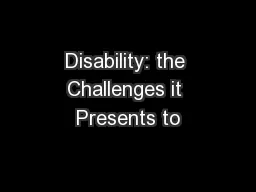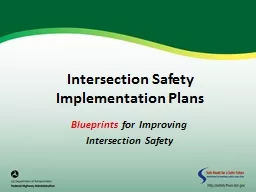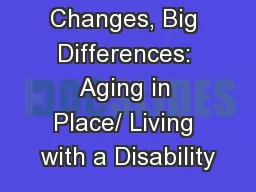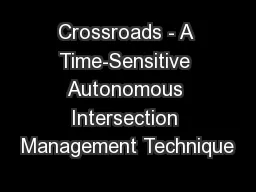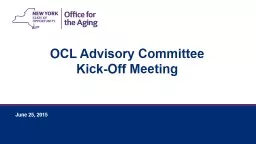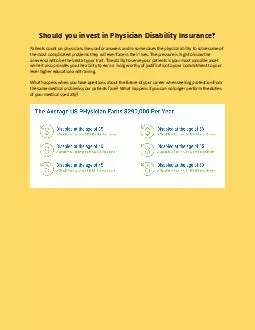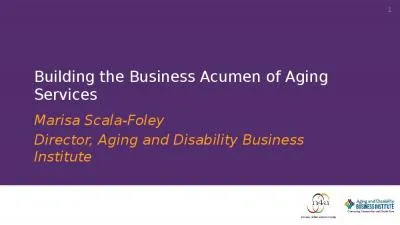PPT-The Intersection of Aging and Disability: Why Should We Be Concerned?
Author : tawny-fly | Published Date : 2018-10-30
Susan Fox PhD PresidentCEO WIHD Director Center for Disability and Health Associate Professor of Health Policy and Management Background and Significance Age as
Presentation Embed Code
Download Presentation
Download Presentation The PPT/PDF document "The Intersection of Aging and Disability..." is the property of its rightful owner. Permission is granted to download and print the materials on this website for personal, non-commercial use only, and to display it on your personal computer provided you do not modify the materials and that you retain all copyright notices contained in the materials. By downloading content from our website, you accept the terms of this agreement.
The Intersection of Aging and Disability: Why Should We Be Concerned?: Transcript
Download Rules Of Document
"The Intersection of Aging and Disability: Why Should We Be Concerned?"The content belongs to its owner. You may download and print it for personal use, without modification, and keep all copyright notices. By downloading, you agree to these terms.
Related Documents

